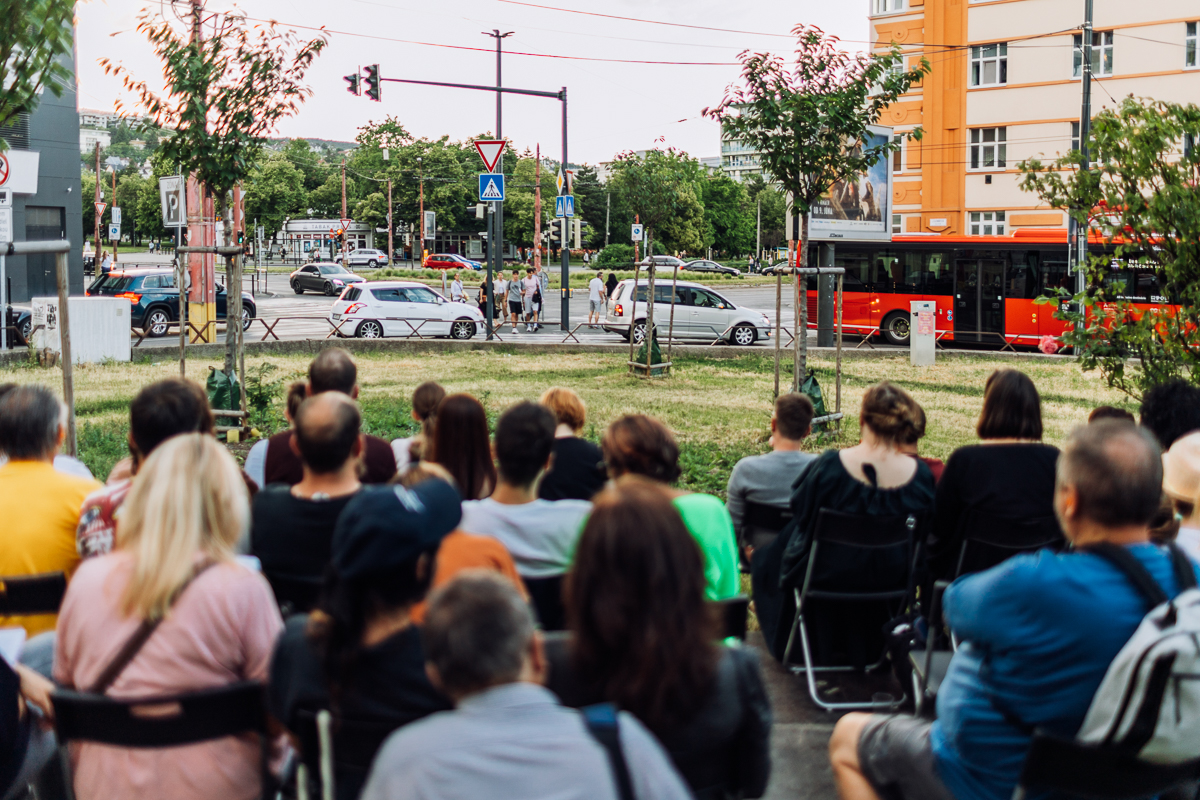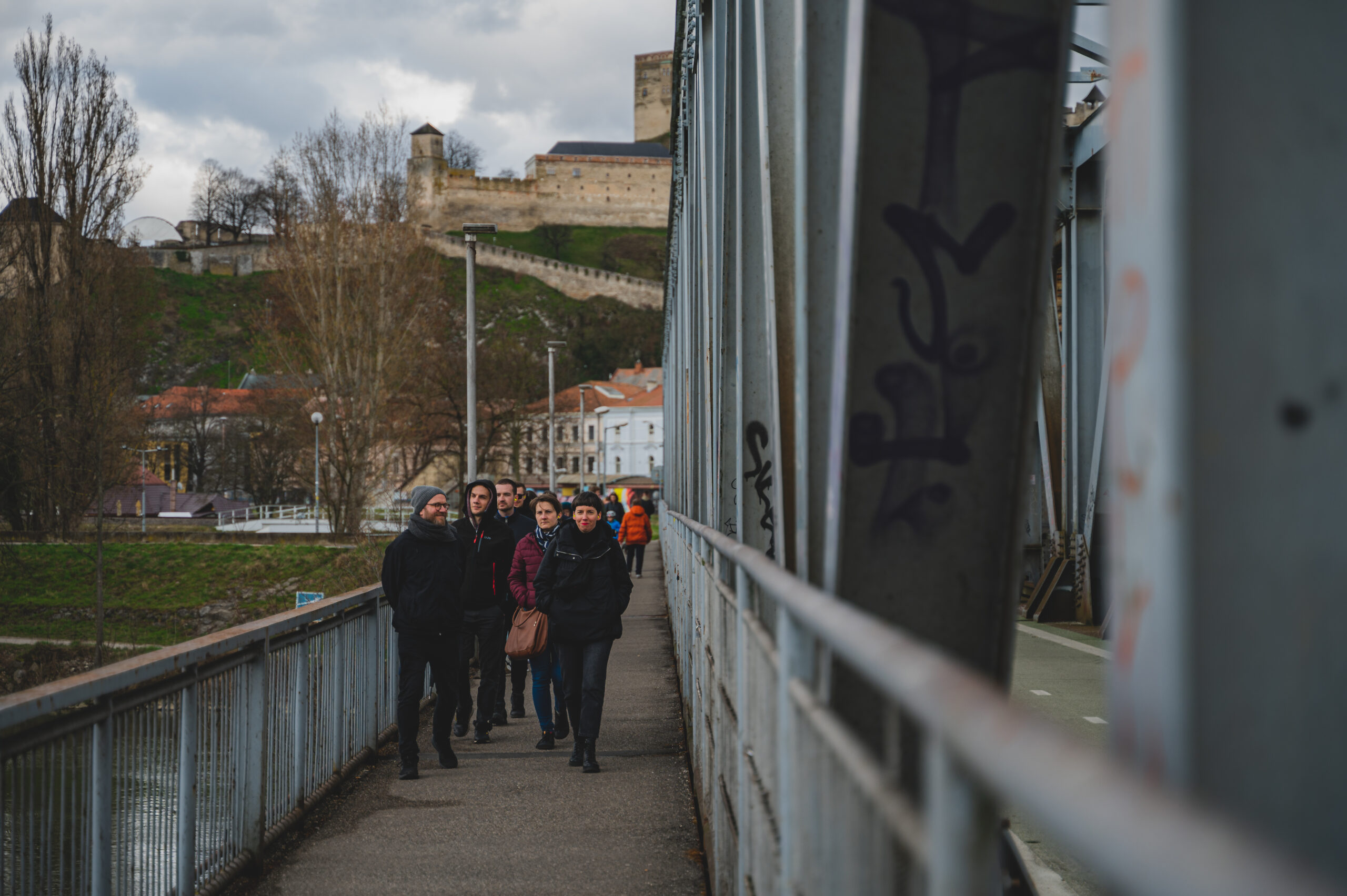Sound Topographies
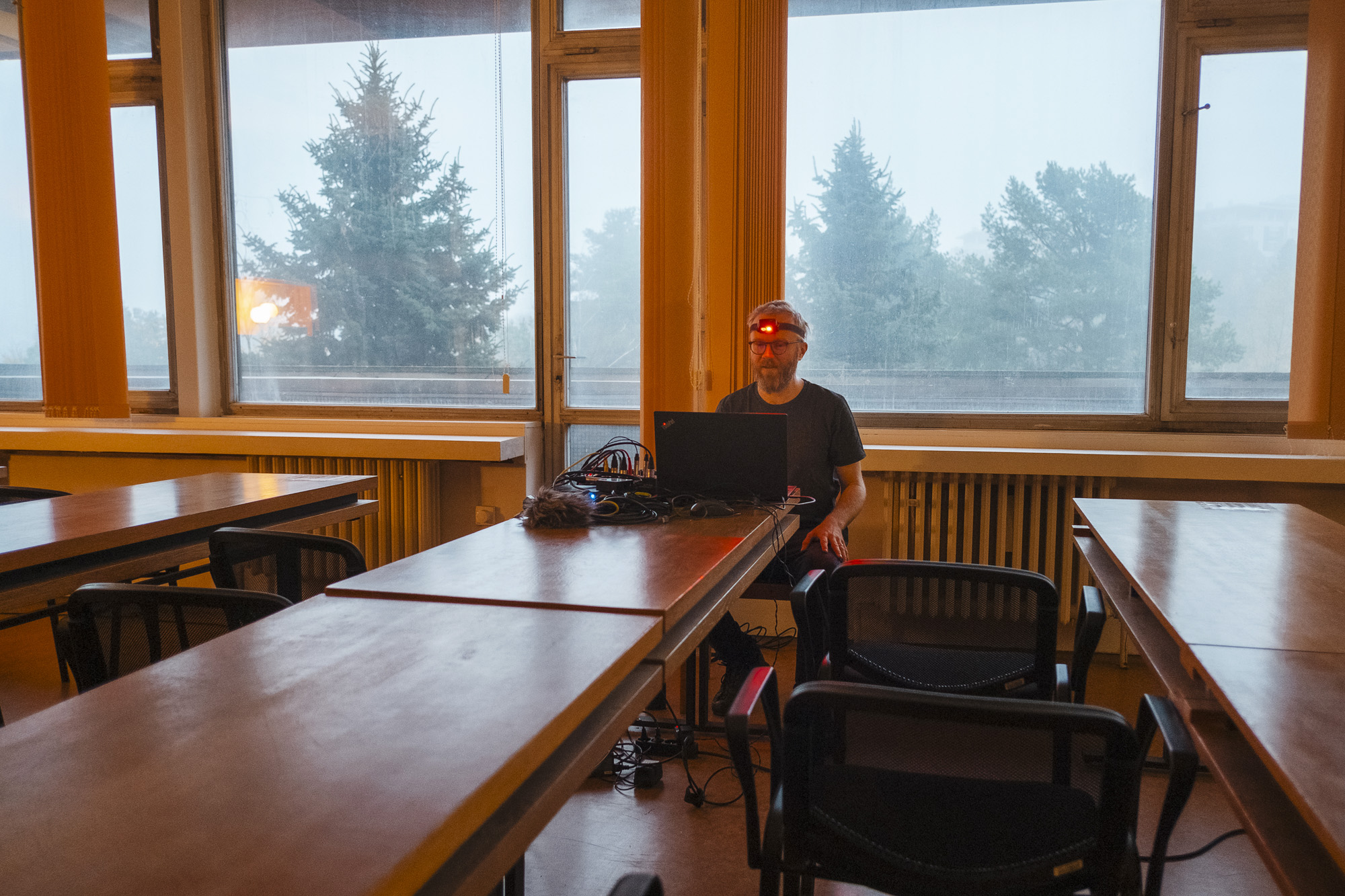

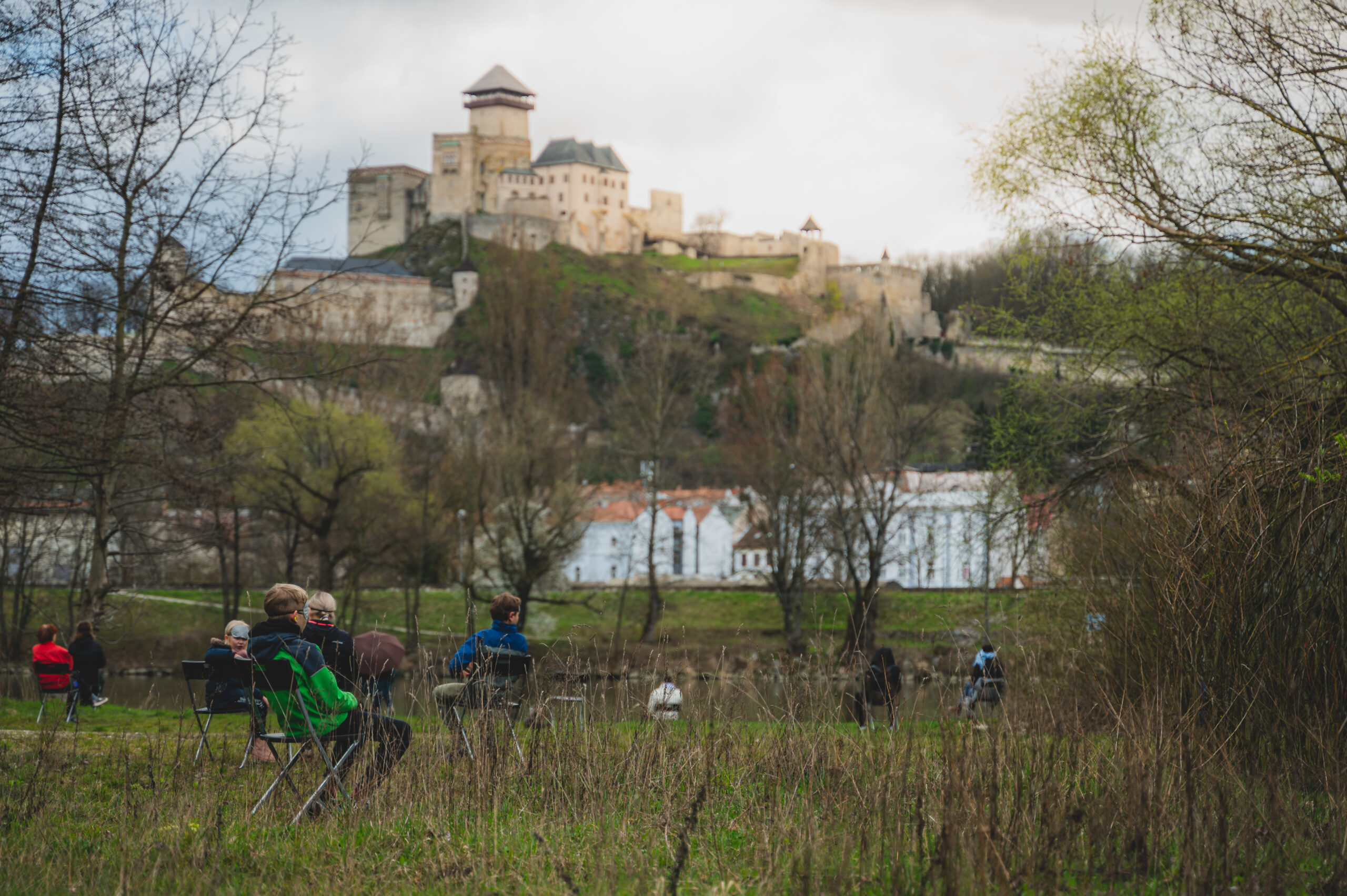
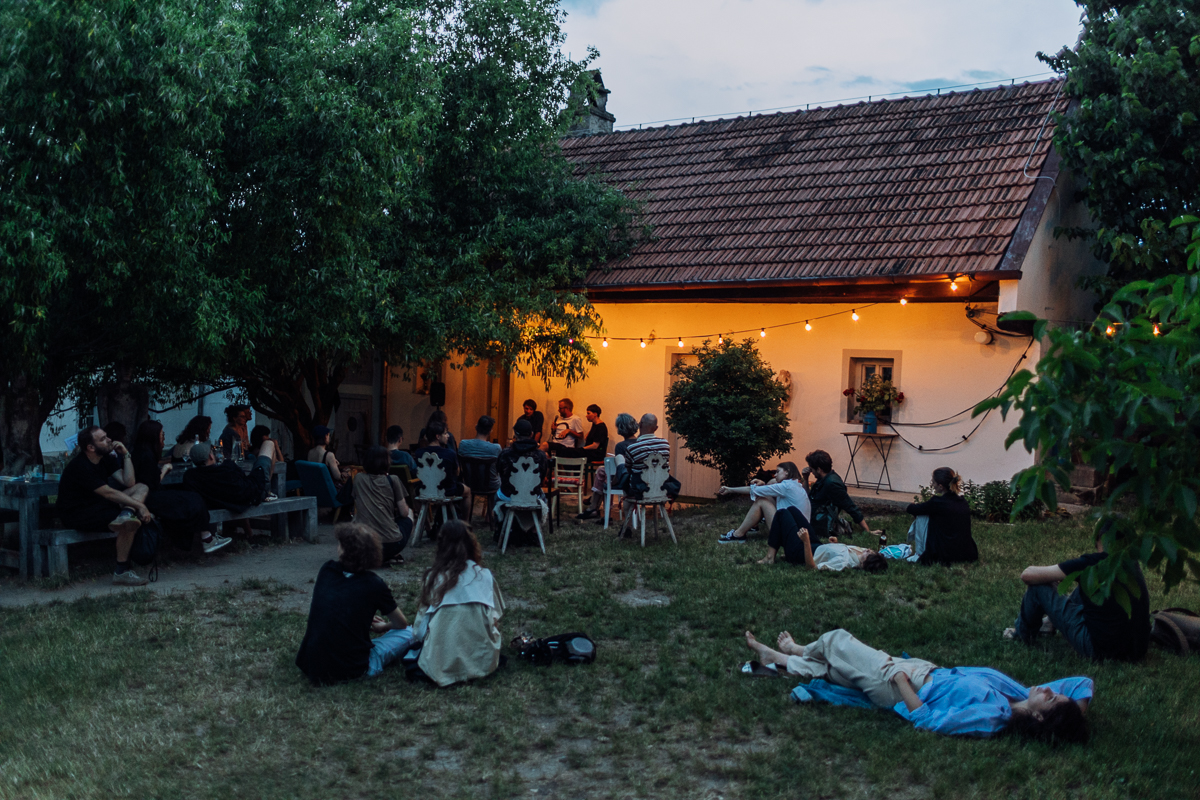
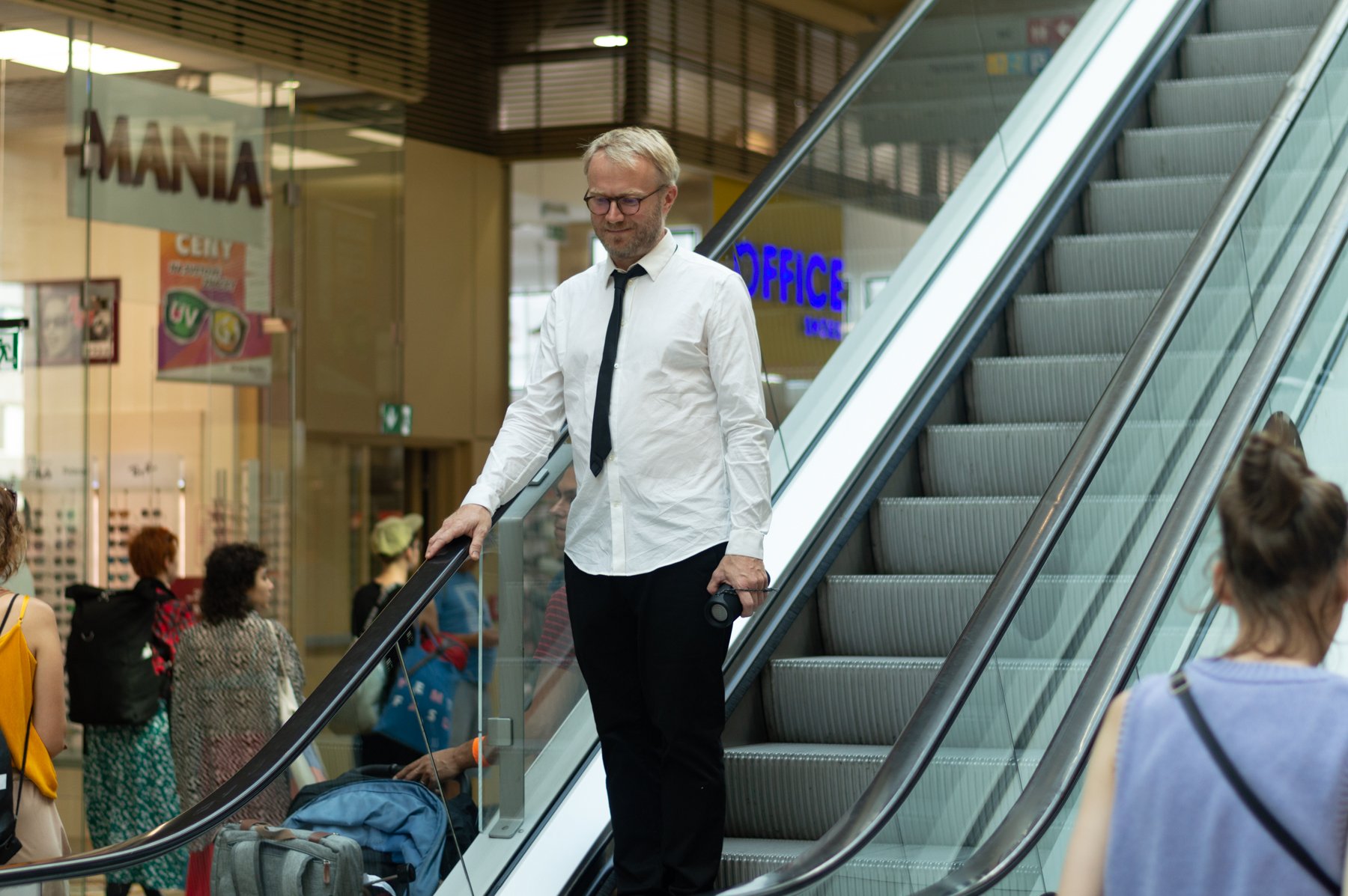
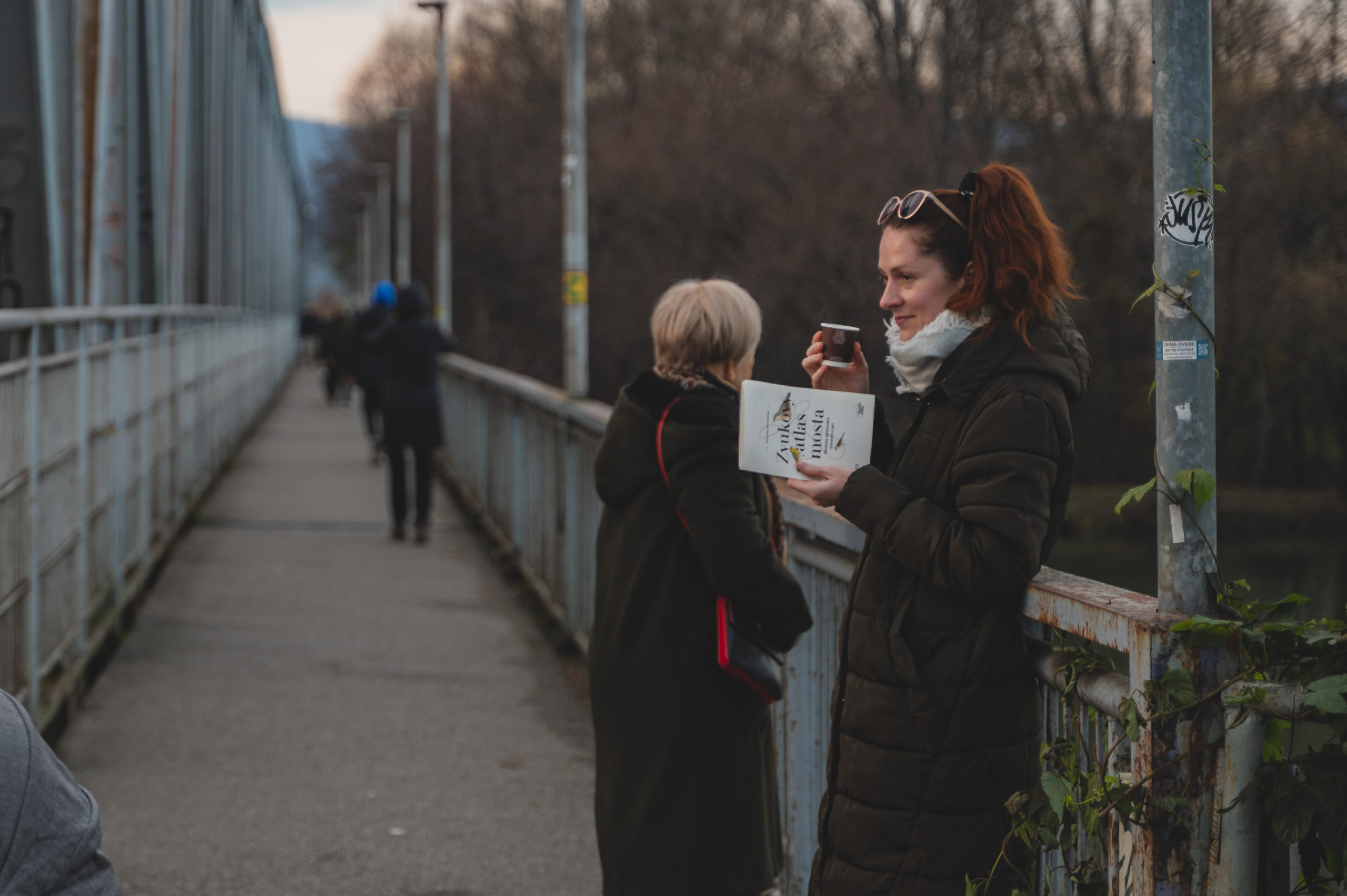
Go outside and listen. Sound Topographies is a series of events with this simple intention: to listen to the world and the soundscape that forms its acoustic exoskeleton. Listening creates space for new questions. Through hearing, we observe, study, and explore the acoustic manifestations and sound quality of the world. We map it, discover acoustic spaces, and seek connections with various fields of natural sciences and humanities. Where necessary, we contextualise. Where nothing more needs to be added, simply listening is enough. Interpretation is up to each of us.
The Sound Topographies series is related to two tendencies occurring in contemporary music and sound art since the second half of the 20th century. The first of these tendencies is listening to the world – also called acoustic ecology. Today, in the “post-Cage” era, it is an undeniable fact that we perceive music as any sound events happening in time that we intend to perceive musically. Pauline Oliveros and R. Murray Schafer have developed the idea of “deep listening” in the past decades of the 20th century, which, from today’s perspective, can be seen as an individual, original artistic act, but also, given the global ecological situation, as a Darwinian shift, a redirection of our attention towards the outside and an effort to change our thinking about managing the planet. We wish to change the anthropocentric model to a different one, a more sustainable one, based on a system of balance that has evolved in nature for millions of years.
The second tendency is the disruption of the concept historically defined as space designed and constructed for music and its consumption. We live in an era of the greatest musical diversity our civilisation has ever experienced. It is therefore understandable to question whether the strict definition of spaces intended for art appears to be more of a limitation than an advantage.
The Sound Topographies series is our contribution to the topic of acoustic ecology – the musical and sonic perception of the world. Our only world, which we are all changing much faster than all natural processes combined. We live in the epoch of the Anthropocene, and it is us who bear the responsibility for how the future will look and sound.
Anette Vandsø, a Danish art theorist, named the idea that is so important in contemporary art: “Episteme means knowledge. When we say that art has epistemological potential, it means not only that it refers to already known knowledge but that it produces new knowledge itself.” Listening teaches us.






